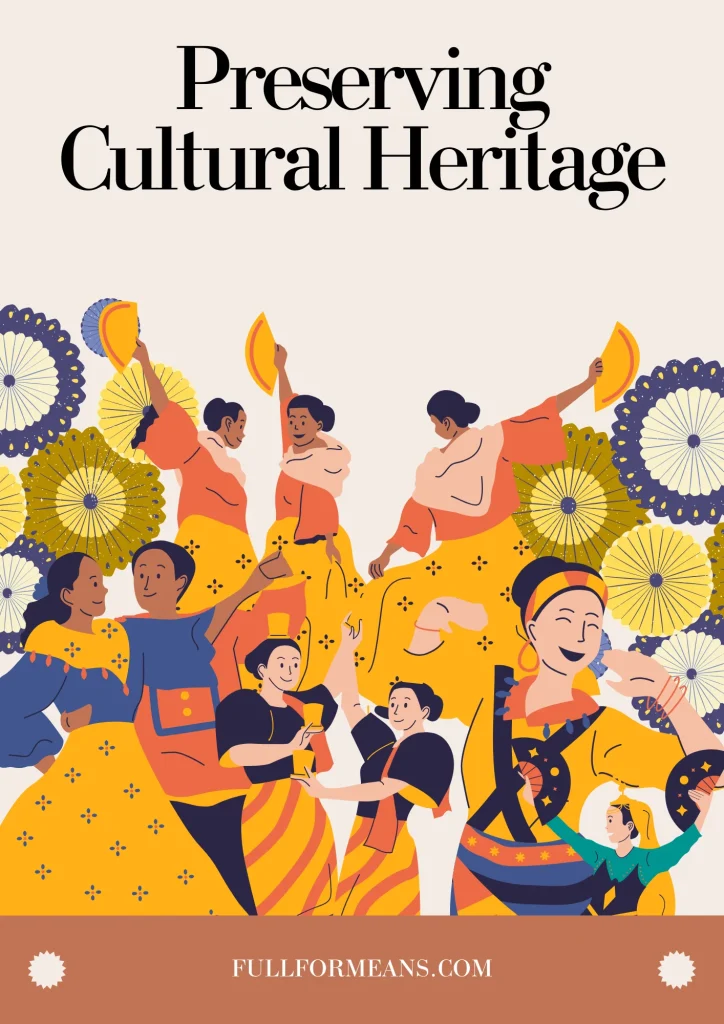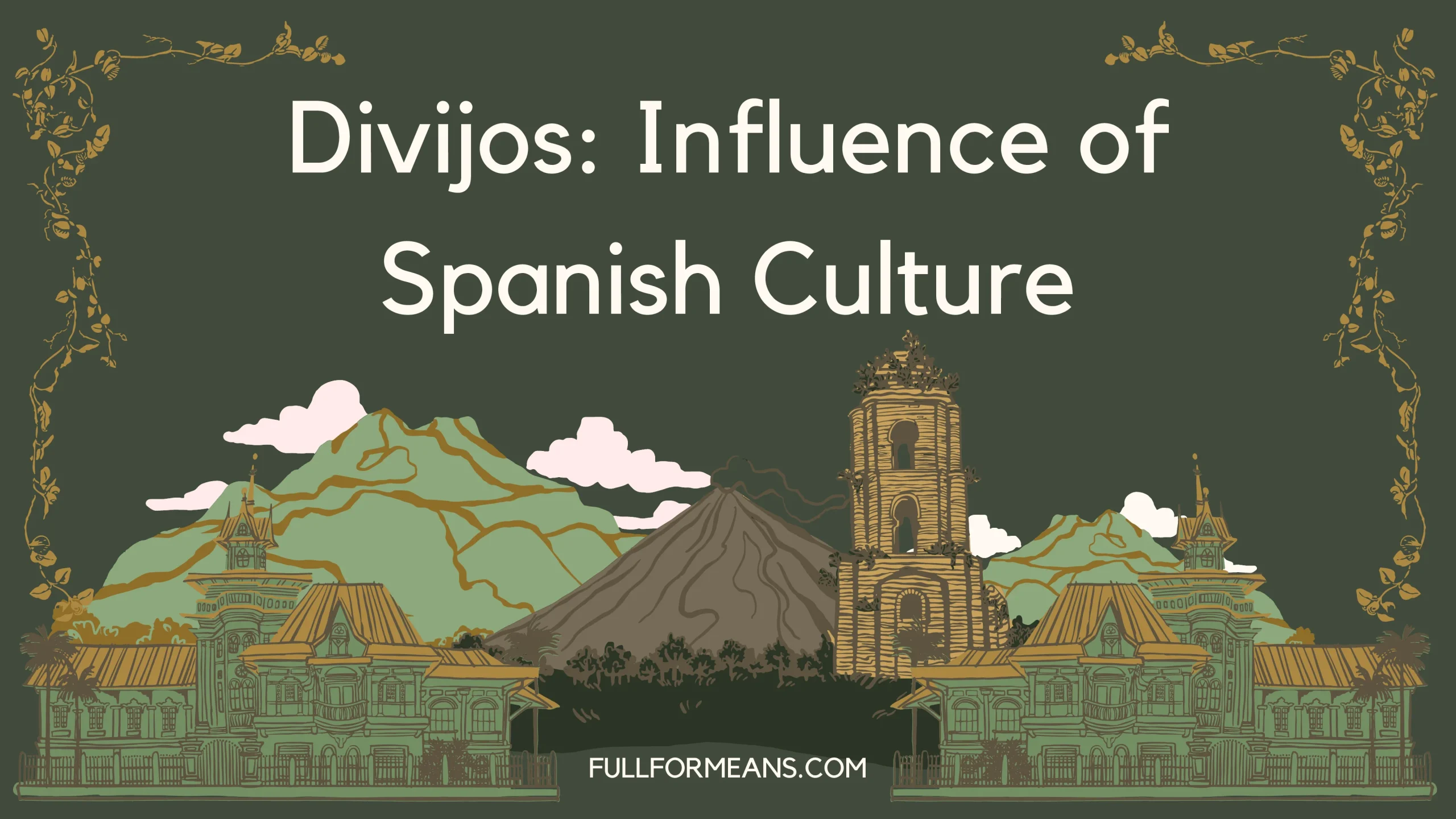Divijos, the Spanish word meaning “doodles”, holds a unique place in Spanish culture. More than mere scribbles, divijos represent a bridge between Spain’s past and present, shaping creative identity. This cultural legacy resonates through artistic expressions, connecting generations.
What Are Divijos?
Definitions of divijos extend beyond doodles’ typical associations. These drawings interweave folklore, depicting scenes and characters from Spanish traditions. Divijos adorn walls and notebooks, bringing art into everyday life. Far from random pen scribbles, they channel a shared cultural spirit.
Origins From Cave Art to The Modern Era
Spain’s history of decorative drawings spans from prehistoric cave art to contemporary graffiti. Divijos’ origins trace back over 40,000 years to Paleolithic cave paintings. These early symbols decorated community gathering places. Later, nomads created patterns on weapons — mixing art with function.
This visual storytelling culture persisted through the rise and fall of ancient Iberian kingdoms. Daily life integrated ceramics, textiles, and architectural details portraying myths, wildlife, gods, and rituals. Crucially, divijos traditions remained intact despite Roman and Muslim conquests integrating new, external influences.
Why Do Divijos Matter?
Divijos matter because they surround Spaniards with cultural touchstones through art. Doodles keep legends, folklore characters like donkey Juanito, and linguistic expressions alive. Stylized visual themes recur in tales passed down generations. These cement a cohesive creative spirit that shapes Spanish identity.
Fostering Connections Across Time
In particular, divijos foster connections between past and present by continuing embedded practices. Doodling habits cultivate an artistic impulse and relationship to visual storytelling. Prints, toys, comics, murals, literature, and performances incorporate traditional regional elements. People grow up with iconic visual referents, which feel intuitively Spanish.
These everyday drawings build artistic skills and cultural knowledge. Divijos inspire young creators to reinterpret classics like Don Quixote or develop new tales featuring common tropes. Scribbling also teaches manual dexterity and self-expression. Doodles surround children early on, nurturing creative development.
Unique Regional Styles
The impact and longevity of divijos stems from distinctly Spanish regional art styles. Every community boasts unique visual themes and characters. For example, Andalusia’s tilework patterns differ vastly from Catalonia’s modernist architecture and boldly colored facades. Divijos showcase strong regional identities.
Street art divijos in Madrid, Barcelona, or Sevilla capture languages, accents, personalities. The figures depicted often represent idealized archetypes. Romantics and outlaws recurrently arise. So too do matadors, flamenco dancers, nuns, vibrant flower motifs. Commonalities across doodling styles deepen bonds.
Creativity in Daily Life
In Croatia, kukurićanje window decor communicates social information to neighbors. In the Philippines, baybayin ancient script graces modern travel products. Like these creative expressions, Spain’s divijos scripts artistic meaning onto objects for community contexts.
Doodles transform functional items like fans, furniture, entryways, ceramic tiles into artworks. Homes proudly exhibit sgraffito etching, graceful ironwork, or colorful painted touches pairing form with function.
Also Read: Cynthia Sanchez Vallejo: Her Inspiring Journey, Age, Height And Family
Reshaping Graffiti & Modern Design
While doodling habits uphold tradition, divijos also reshape modern Spanish creative fields. Graffiti art evolved from simple signature tagging into spectacular large-scale murals. Stars like Okuda San Miguel remix regional iconography with surrealist, pop influences in monumental displays.
Global Reach & Continued Relevance
The foundations and importance of divijos remain steadily present even as application methods modernize. Doodles hold space in global design conversations while still representing local worlds. Stenciled figures shout loud regional pride.

Preserving Cultural Heritage
An urgency underlies recording and preserving divijos as intangible Spanish heritage. Creative traditions remain vulnerable without systems to consciously safeguard them. However, modern technologies and art platforms enable new forms of access, education, and conservation.
Inspiring Future Generations
Looking ahead, divijos’ biggest contributions relate to shaping young minds rather than preserving history. Doodles unlock inventiveness, curiosity and cultural belonging in children. Youth take pride seeing artistic styles familiar from their households mirrored in prominent galleries. Early positive creative experiences nurture talent pipelines.
Conclusion
In conclusion, divijos epitomize Spain’s enduring visual creativity. These doodles showcase a cultural legacy spanning prehistoric cave art to postmodern graffiti. Beyond mere drawings, divijos unlock artistic talents and connections to heritage for Spaniards.
FAQs About Divijos
Who creates divijos?
Divijos originate from all levels of Spanish society – children doodle in notebooks, homemakers beautify household items, acclaimed fine artists reference cultural themes.
What makes Spanish doodles unique?
Spain’s doodles uniquely fuse historical folkloric themes with modern irreverent creative expressions. They blend intricate technical execution with unrestrained experimentation.
Where can I view divijos artwork?
Seek out divijos in Spanish streets, notebooks, ceramics, architectural details. Museums like the Reina Sofia and Fundación Francisco Godia highlight doodling heritage within fine arts. Instagrams like @radio_malva showcase brilliant examples.
Why are divijos important to preserve?
These doodles represent Spain’s living artistic heritage and creative spirit. New generations deserve opportunities to appreciate and reinterpret timeless themes that shape national identity and regional pride.
How do I explain divijos to others?
Describe divijos as everyday Spanish drawings channeling cultural creativity. Introduce their origins, trapped between fine art and amateur expression.
